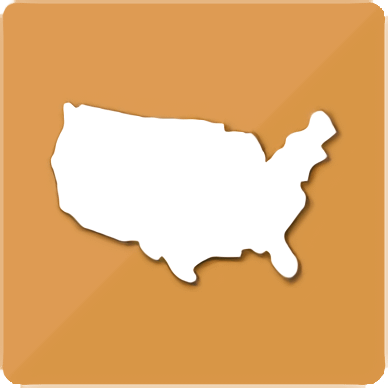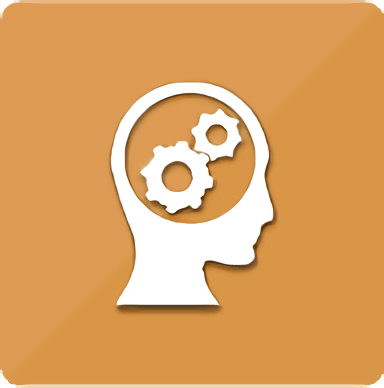American History [Competency Based] (1st semester)
$250.00Course Description
American History takes students on a journey through the key events that have shaped America as a nation, from the end of the Civil War in 1865 to the height of the Cold War in 1980. The journey begins with Reconstruction, a period of great transition and opportunity to heal a broken nation. Students witness the great migration westward and explore how the Industrial Revolution and waves of immigration fueled the flames of the American spirit. The course details the challenges America faced and the elusiveness of equality for populations of Native Americans, African Americans, immigrants, and women. Students learn how the core values of the founding fathers eventually prevailed and led to the women’s suffrage and civil rights movements. The course closely examines the impact of war, with units covering the role of the United States in World War I, World War II, the Korean War, and the Vietnam War. Throughout their journey, students encounter the great political, industrial, military, and human rights leaders who shaped America into a beacon of hope.
Course Breakdown
Topics:
The study of history
Colonial America
American Revolution and independence
Nineteenth century social movements
Slavery
Westward expansion
Civil War Topics:
Reconstruction
Civil rights
Second Industrial Revolution
Business and government
Immigration
Social and political reform
Course Goals
Analyze primary and secondary sources and identify cause-and-effect relationships related to specific historical events and eras.
Identify key people, places, and events from the colonial and revolutionary eras.
Examine major social movements from the 1800s that changed American culture.
Assess the impact of slavery and industrialization on the development of the United States.
Examine the cause, course, and result of the Civil War. Analyze the Reconstruction Era in terms of race relations, government reunification, and social changes in the United States.
Identify major figures, including inventors, politicians, artists, and business leaders who impacted American culture in the years following the Civil War.
Explain the development of the American economy after the Civil War.
Compare and contrast various social reform movements in the United States during the late 1800s.








